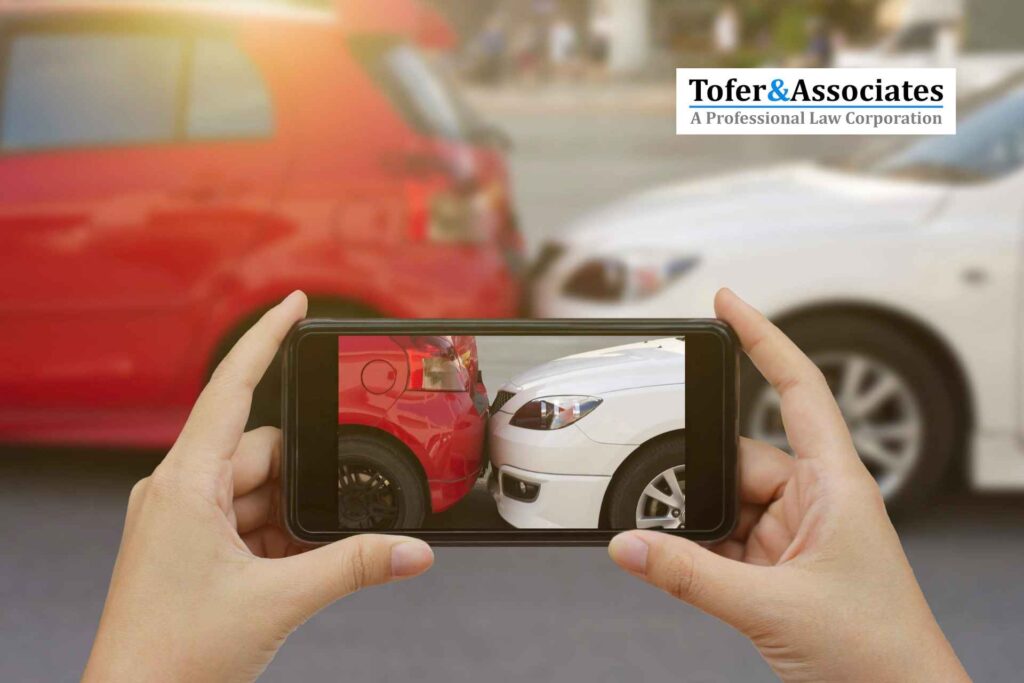Dealing with a Fault In a Car Accident can be incredibly stressful, bringing significant financial risks and disrupting your peace of mind.
This blog unravels the ins and outs surrounding a common and often perplexing question, “What happens if I am at fault in a traffic accident?”. Here, we provide valuable insights and guidance on the necessary steps to take in such a situation.
Whether you seek proactive advice or find yourself in the midst of the complexities, our comprehensive analysis outlines what happens if you are at fault in a traffic accident and offers practical steps to safeguard your interests.

What to Do If You’re at Fault in a Car Accident
Dealing with a car accident where you may be at fault can be stressful, but being prepared is crucial. If you find yourself in this situation, it’s essential to follow the right steps to protect yourself legally. Here’s a guide on what to do after an at-fault car accident:
1. Don’t Admit Fault
After an accident, prioritize safety, and avoid admitting fault, even if you suspect it may be the case. Many variables contribute to accidents, and circumstances may not be immediately clear. Keep conversations neutral with the other party involved.
- Don’t discuss details of the accident.
- Avoid talking about how it happened.
- Refrain from asking the other driver about accident details.
- Don’t accuse the other driver of being at fault.
- Avoid statements that could be interpreted as an admission of guilt, such as apologizing for not seeing the other vehicle.
2. Call the Police
Informing the police is crucial, as it may be a legal requirement, especially if there are injuries or significant property damage. Call the police, exchange necessary information with others involved, and provide a factual statement when they arrive.
- Be clear and concise about the details.
- Obtain the name, badge number, and agency information of the officer.
- Get the report number for future reference.
3. Take Photos
Capture visual evidence of the accident scene, damages to vehicles, injuries, and relevant environmental factors.
- Photograph damage to both vehicles.
- Document skid marks, debris, and traffic signs.
- Capture an overview of the accident site.
- Include weather conditions in photos.
4. Collect Information
Gather details from all parties involved, including:
- Driver’s license or ID number.
- Insurance policy information.
- Full names (first and last).
Record information from any witnesses who may provide valuable testimony.
5. Inform Your Insurance Company
Contact your auto insurance company promptly to report the accident. Provide detailed information, and ensure confirmation of your claim filing.
6. Consult a Personal Injury Lawyer
Consider seeking advice from a personal injury lawyer. They can guide you through legal processes, helping you avoid pitfalls and potentially securing a settlement, even if you’re at fault. Navigating the aftermath of a car accident requires careful steps to protect your interests.
For legal support and expert guidance, reach out to Tofer & Associates, your trusted partner in personal injury cases. Call Tofer & Associates to get a free consultation.
FAQ
Who decides whose mistake it was in an accident in California?
In California, the fault in an accident is typically determined by examining various factors, such as eyewitness testimonies, police reports, photos of the scene, and any available evidence. Insurance adjusters, lawyers, and sometimes even judges may be involved in determining fault.
Is California a fault state for accidents?
Yes, California follows a “fault” system for car accidents, meaning the person responsible for causing the accident is also responsible for covering the resulting damages.
How do insurance companies determine fault in California?
Insurance companies in California determine fault by investigating the circumstances of the accident, reviewing police reports, assessing damages, and considering applicable state laws. They may also use adjusters and accident reconstruction specialists to help with the determination.
How is the fault determined in a car accident in California?
A fault in a car accident in California is determined based on negligence. If a driver fails to exercise reasonable care and their actions result in an accident, they may be deemed at fault. Factors such as speeding, running red lights, or driving under the influence can contribute to a determination of fault.
How long do at-fault accidents stay on your record in California?
At-fault accidents typically stay on your driving record in California for about three years. However, the impact on your insurance rates may vary depending on your insurer and the specifics of the accident.
Can I lose my house due to an at-fault car accident in California?
In most cases, losing your house due to an at-fault car accident in California is unlikely. However, if the damages exceed your insurance coverage and you are found personally liable, your assets, including your house, could be at risk in a lawsuit. A consultation with a specialized injury lawyer is highly recommended.
What is a 50% at-fault accident in California?
In California, a 50% at-fault accident refers to a situation where each driver involved in the accident shares equal responsibility for the collision. In such cases, each party may be responsible for covering their own damages, or liability may be split equally between them.

